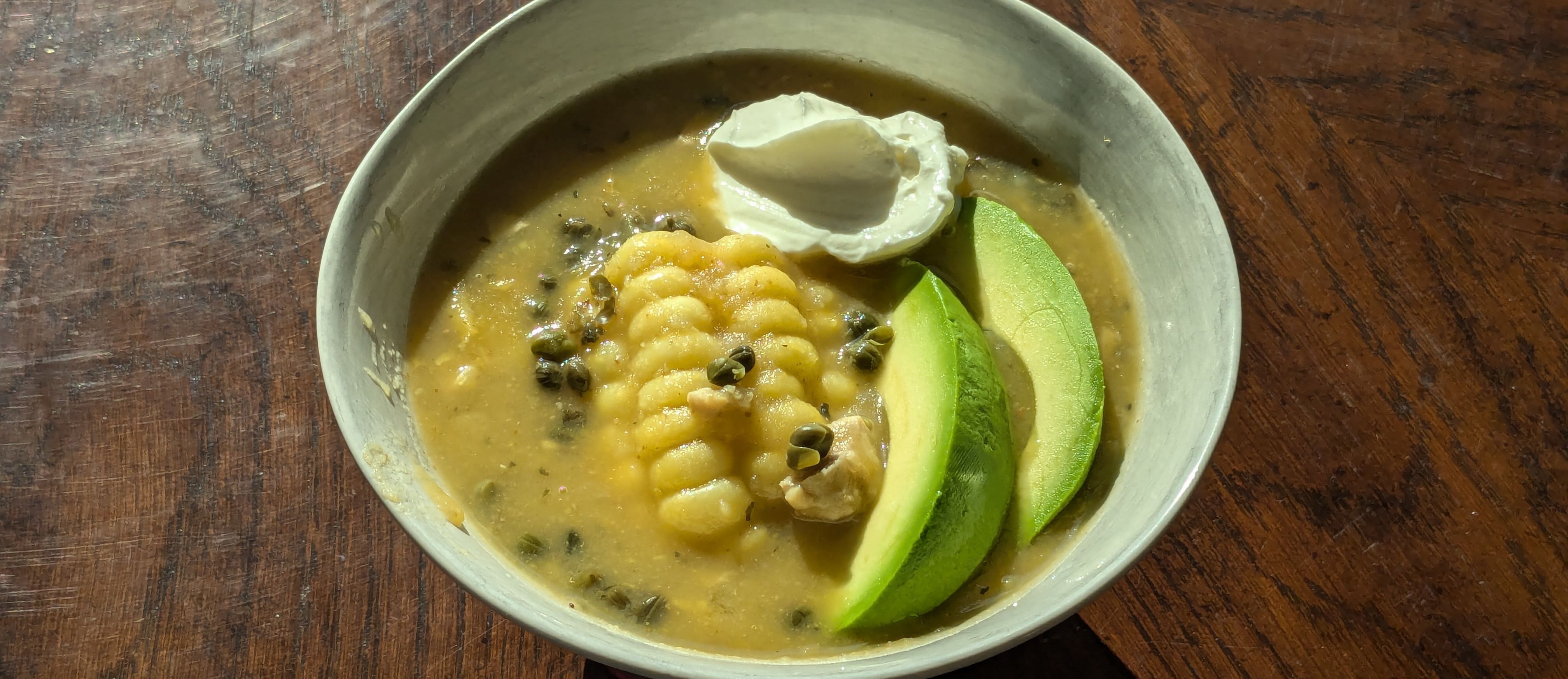
This week, we begin our exploration of Colombian cuisine with one of its capital's most famous dishes: ajiaco.
Ajiaco is a type of potato soup with many variations across Colombia, Peru, and Cuba, but the version most commonly served in Bogotá features chicken, corn, and several varieties of potatoes.
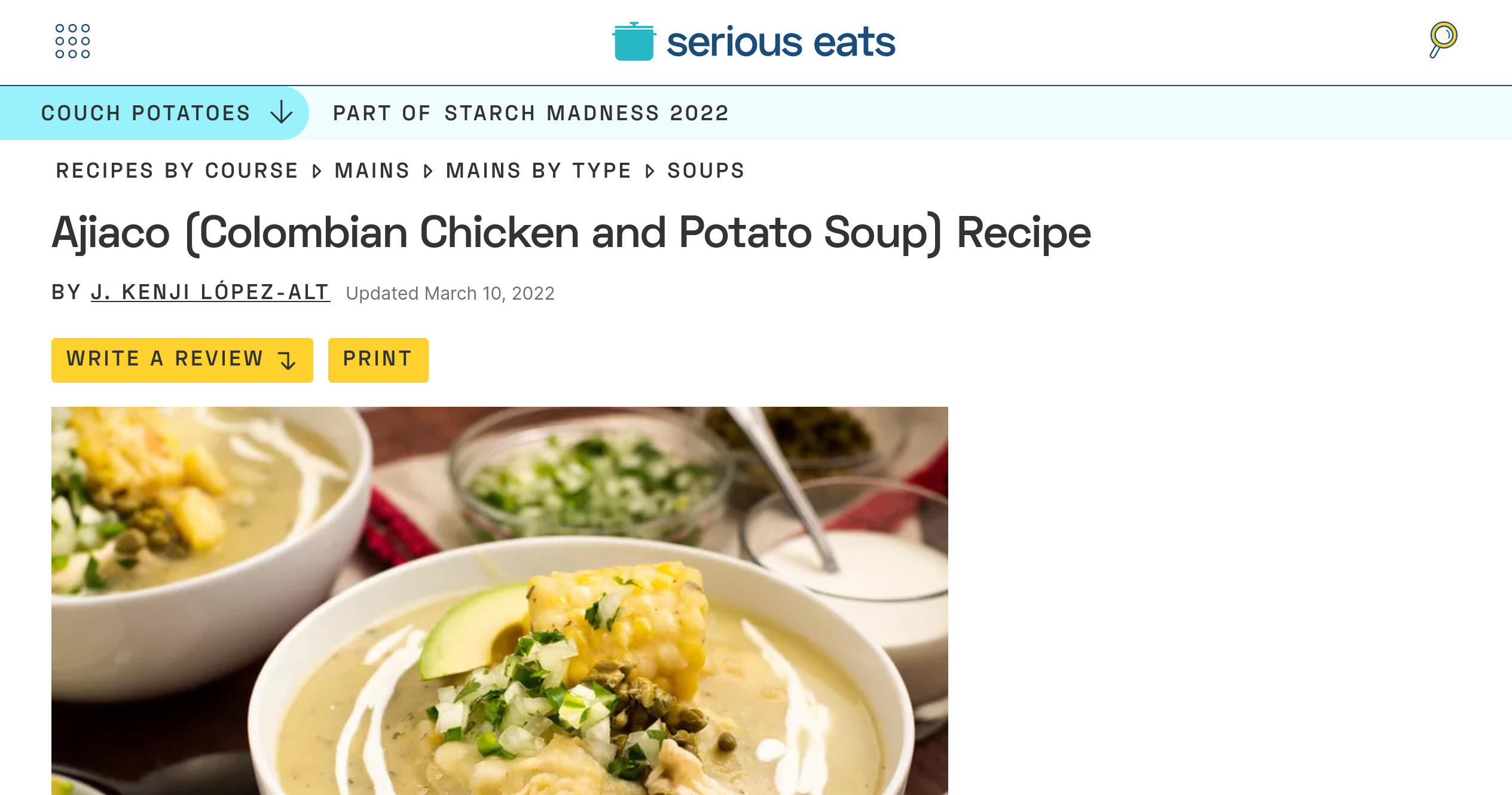
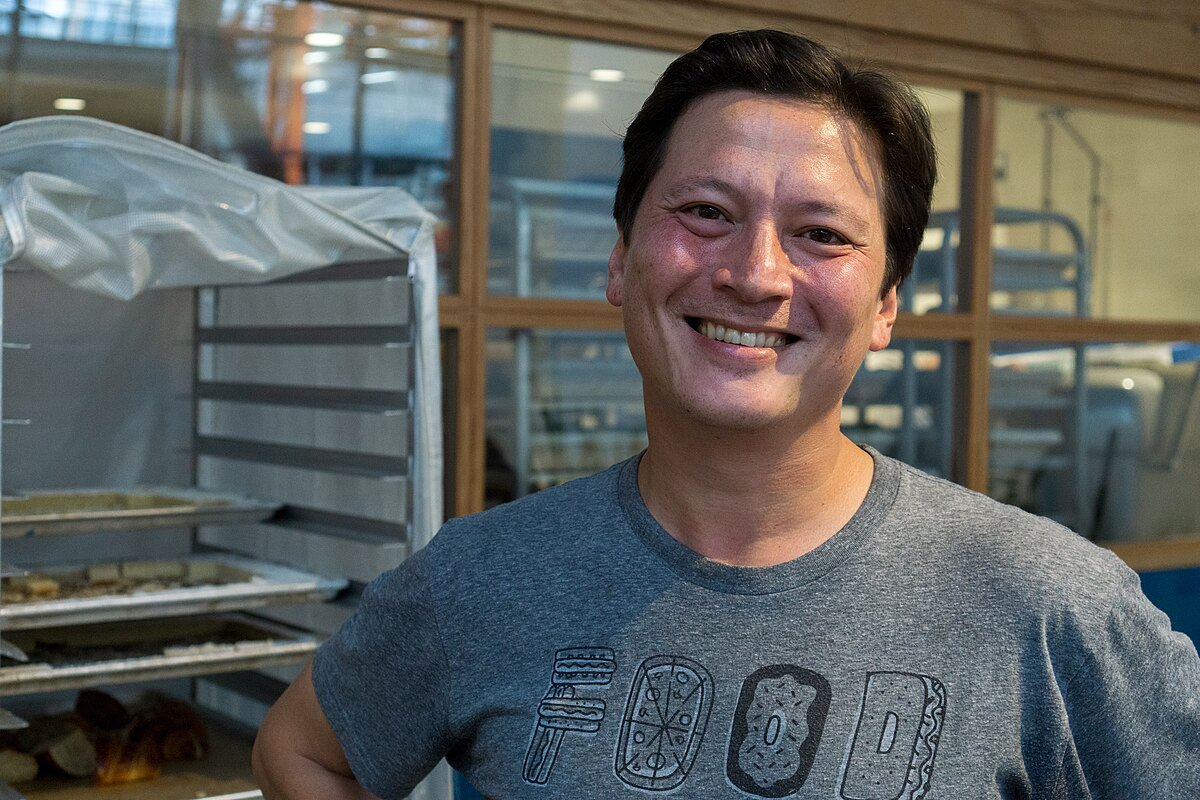
Our recipe this week comes from one of my personal favorite chefs, J. Kenji López-Alt. I really appreciate Kenji's attention to detail and the historical context he tries to maintain in his cooking. Kenji's wife is Colombian, and he mentions ajiaco as one of the first Colombian dishes he learned to cook for her.
I was impressed with the relative simplicity of the techniques in this dish, but also how many layers of flavor it built.
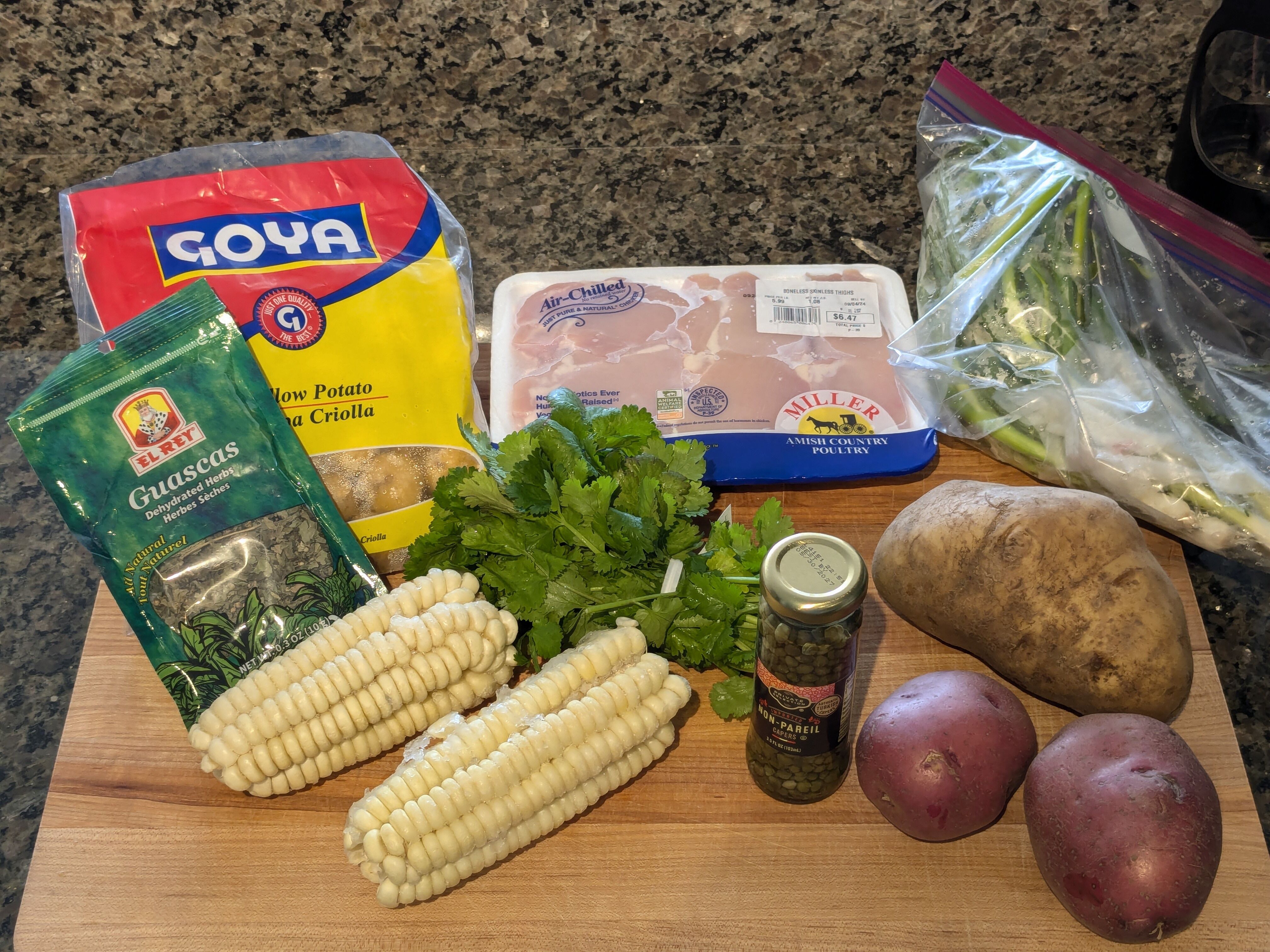
This recipe uses a couple specialty ingredients (at least relative to the US) that I'll discuss later, such as the criolla potatoes, guascas herb, and corn variety.
We begin by cooking the chicken. This was the first resourceful technique: we cook the chicken in what is essentially the base for a stock, and we are left with both cooked chicken, and a lovely chicken stock that is used as the base for the soup.
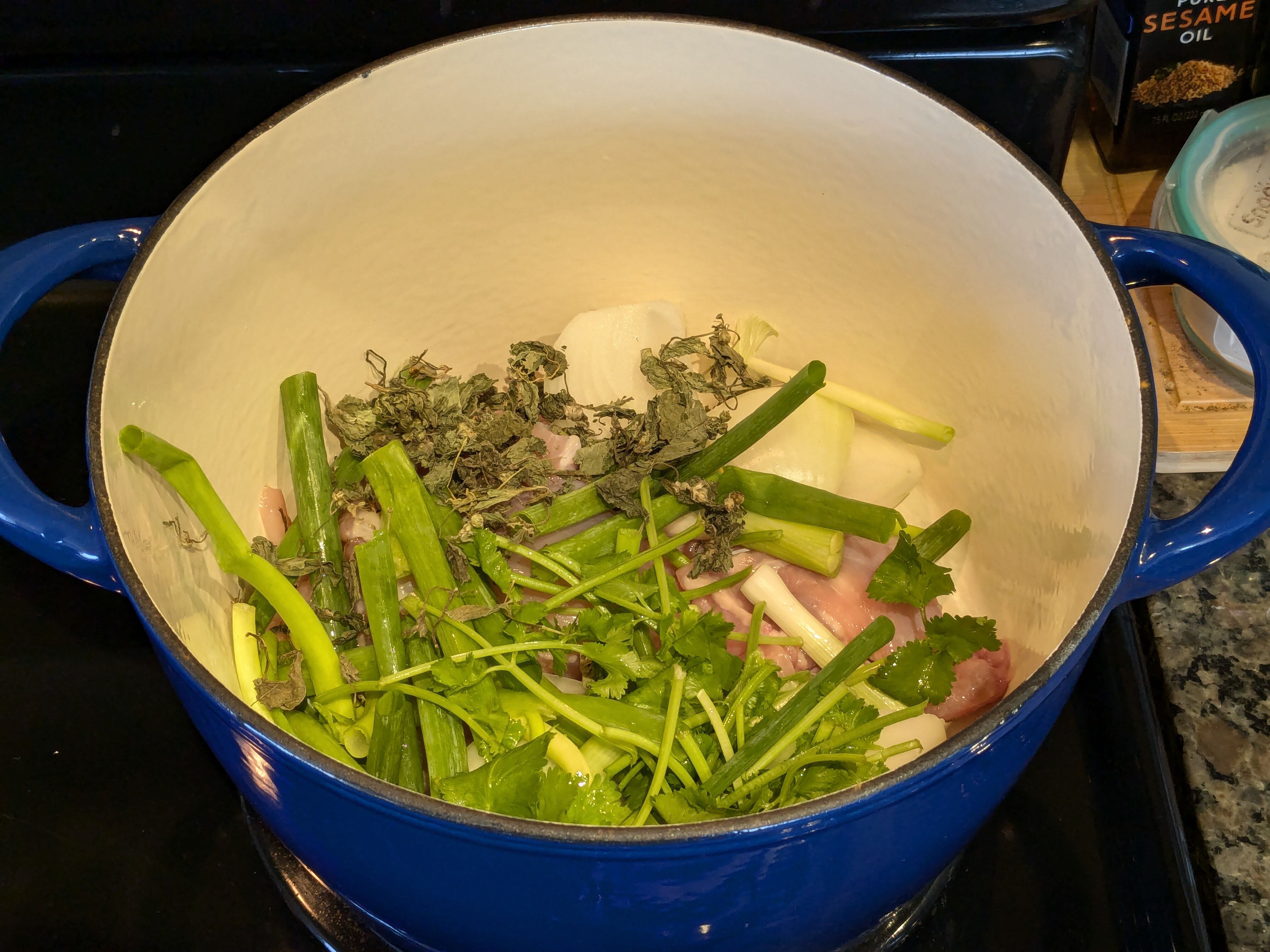
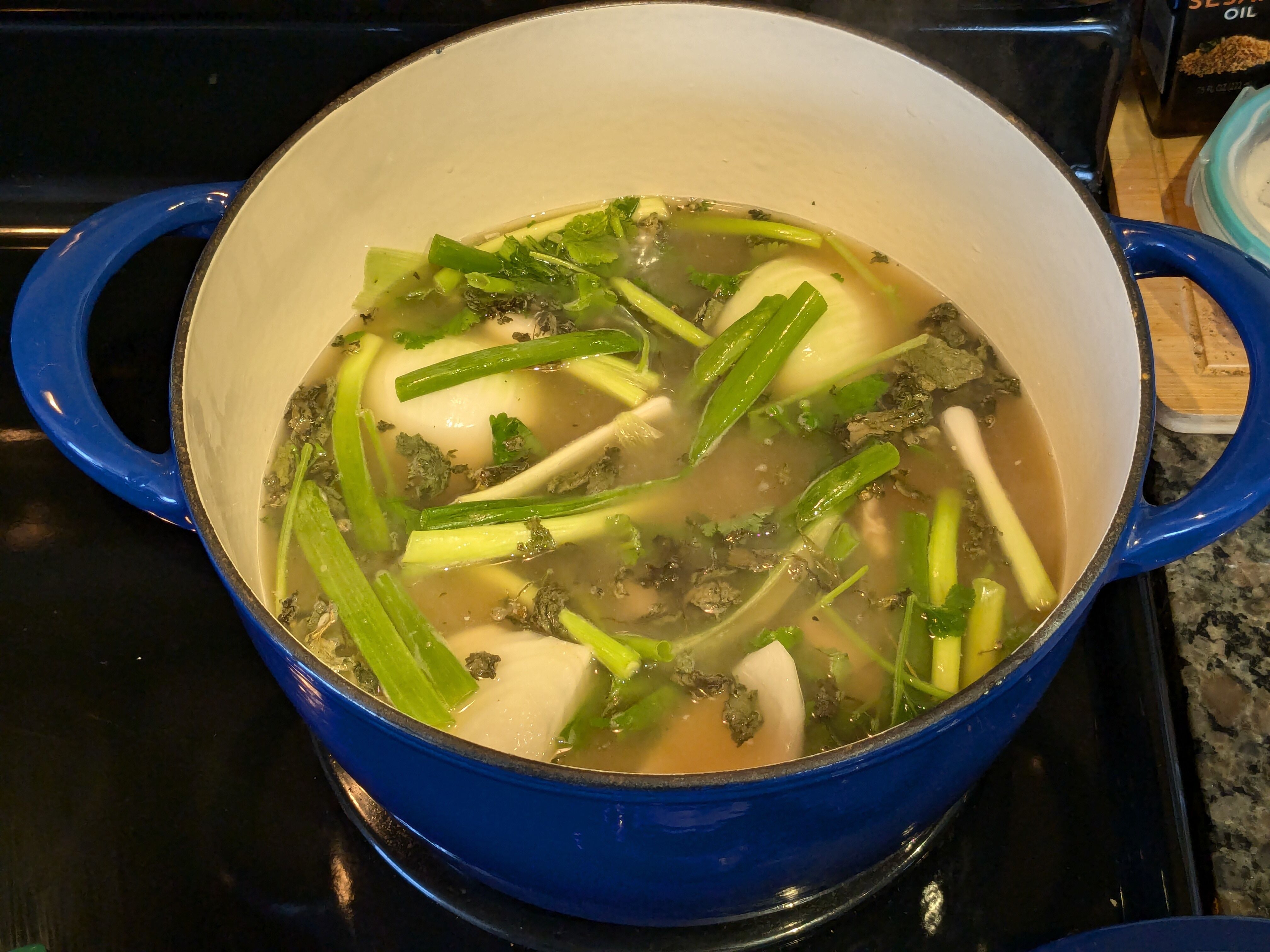
The stock consists of the chicken, green onion, white onion, cilantro stems,1 and dried guascas.
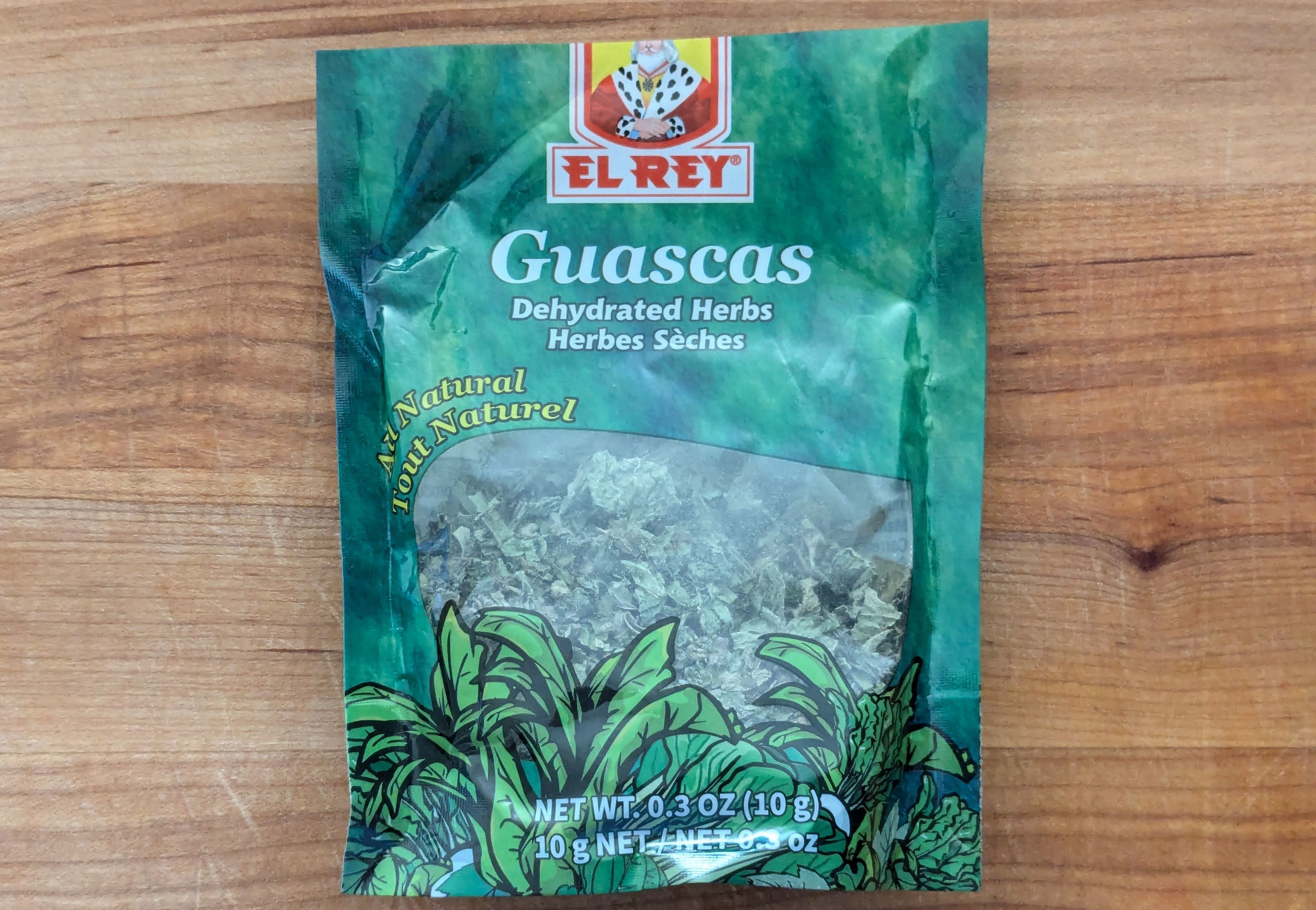
Guascas is an herb native to Colombia that is perhaps the characteristic flavor of ajiaco from Bogotá. I was worried about being able to track this down, but -- as with so many other ingredients in this dish -- I was able to find it at my international grocer, Saraga, an absolutely phenomenal store.
Guascas has what I would (perhaps naïvely) describe as a subtle, pleasantly grassy flavor.
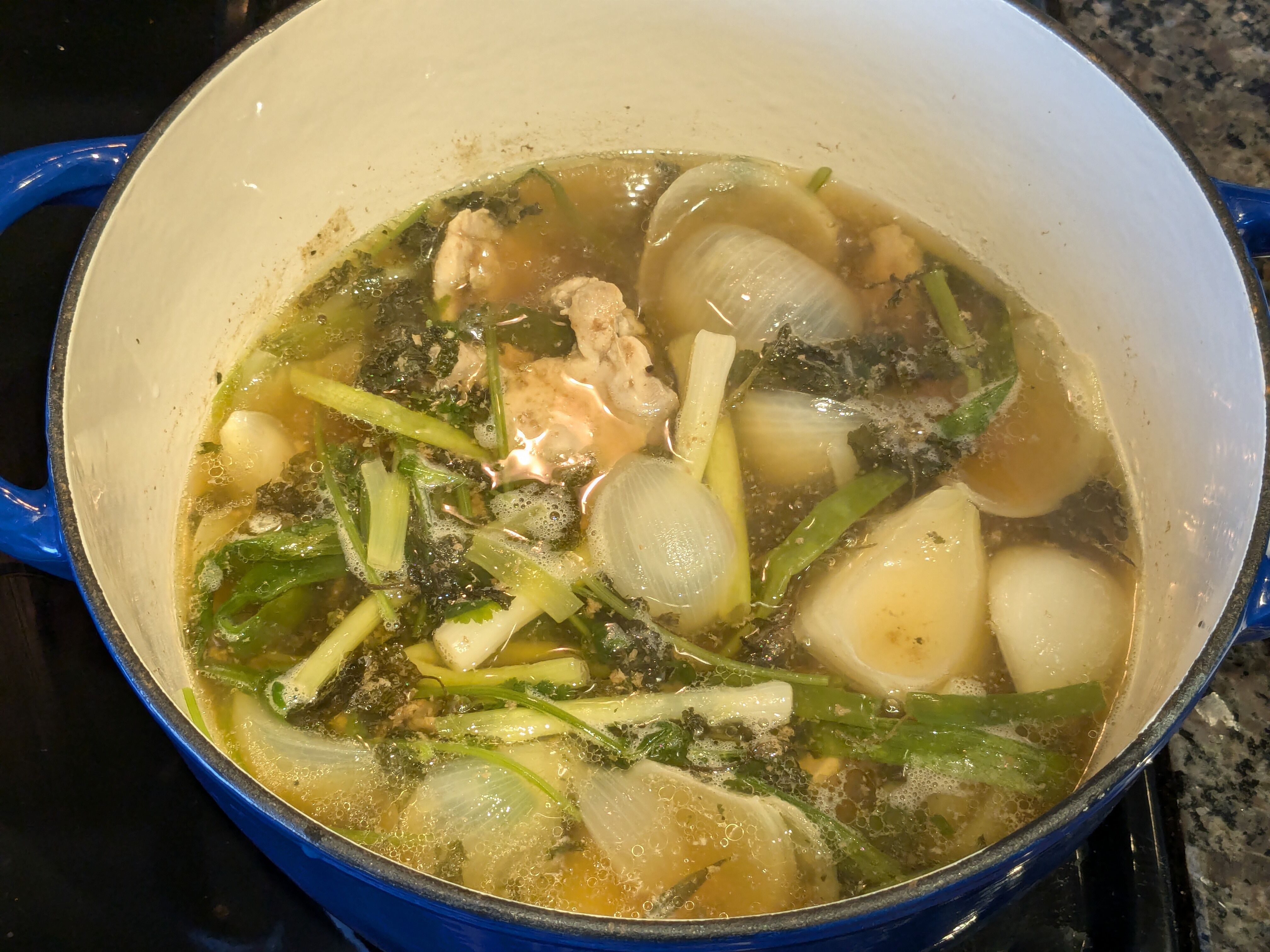
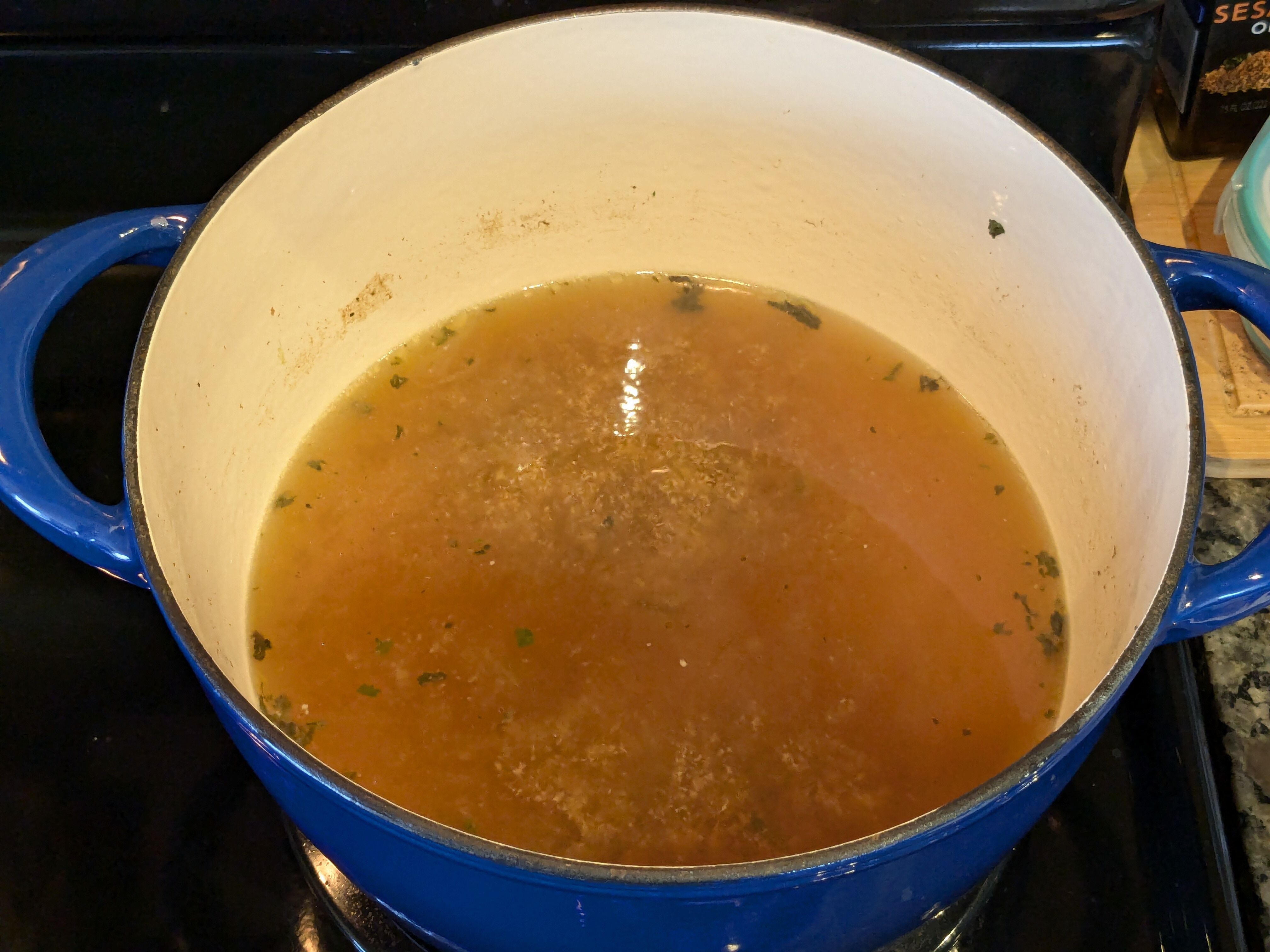
After simmering, I removed and separated the chicken and vegetables, and we were left with a rich, delicious chicken broth. Here, we begin building the soup itself, and I get to talk about potatoes!
Potatoes, many thousands of years ago, were native to the Americas in general and the Andes mountains in particular. Studies on potato genetics2 have concluded that potatoes were likely first domesticated in what is now southern Peru/northern Bogotá. As a result, Colombia has an extraordinary variety of potatoes as a result of centuries of breeding and specialization.
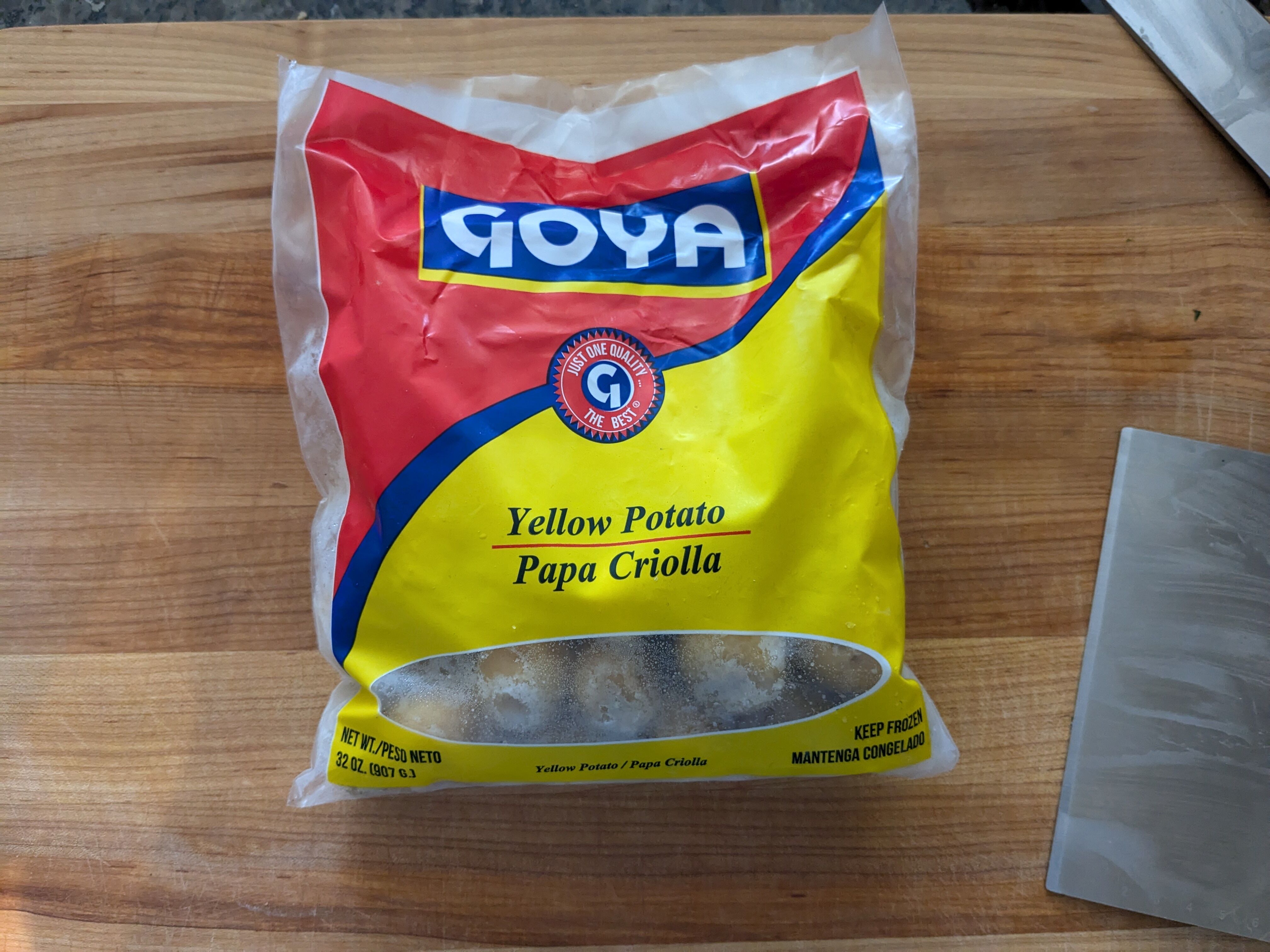
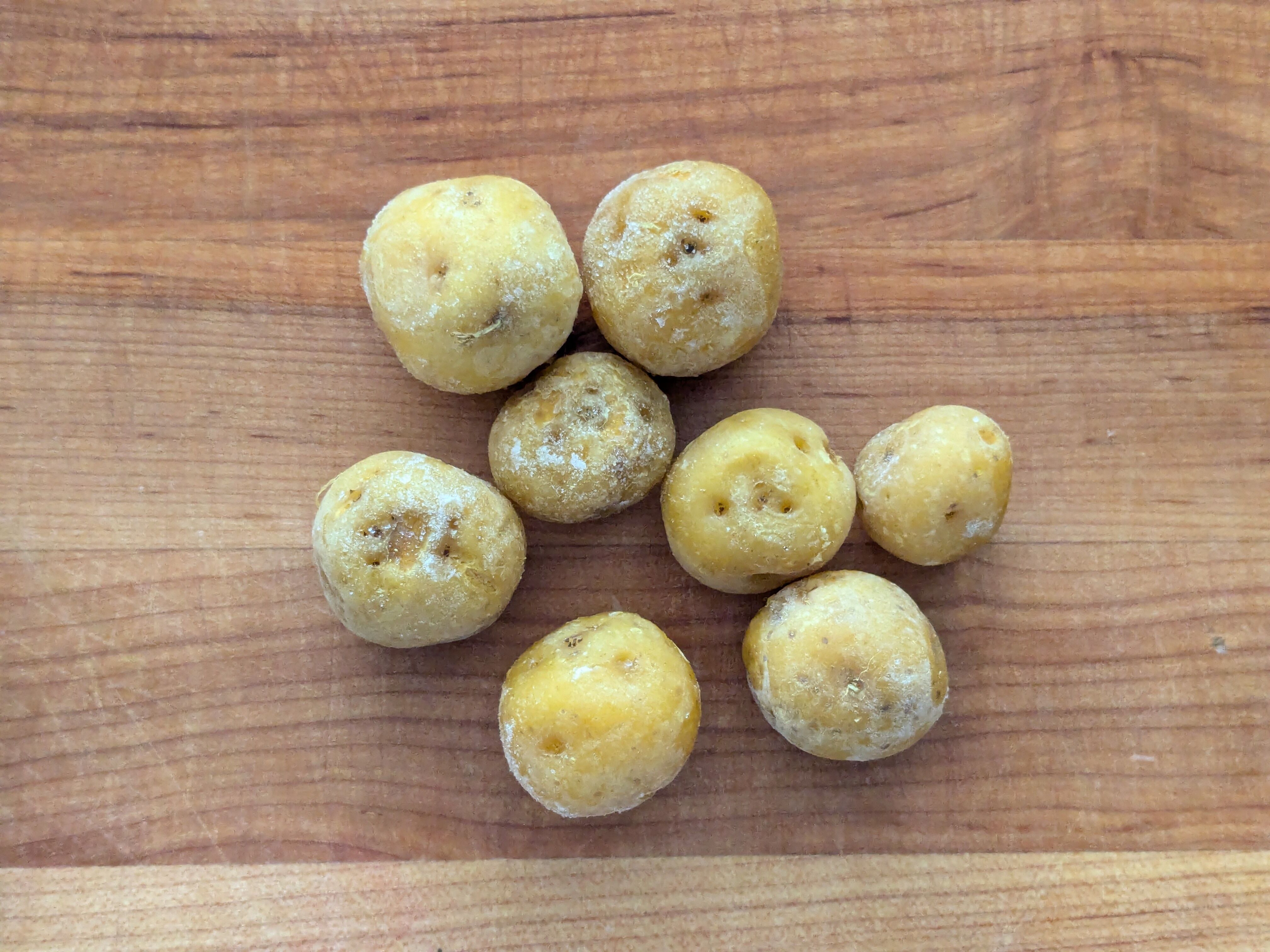
This version of ajiaco calls for three potato varieties: a white starchy potato, a couple waxy red potatoes, and a regional variety of small yellow potatoes called criolla.3 The criolla potatoes are extremely creamy and almost buttery all on their own. In this ajiaco specifically, they cook down almost completely and become the sole thickener for the soup.
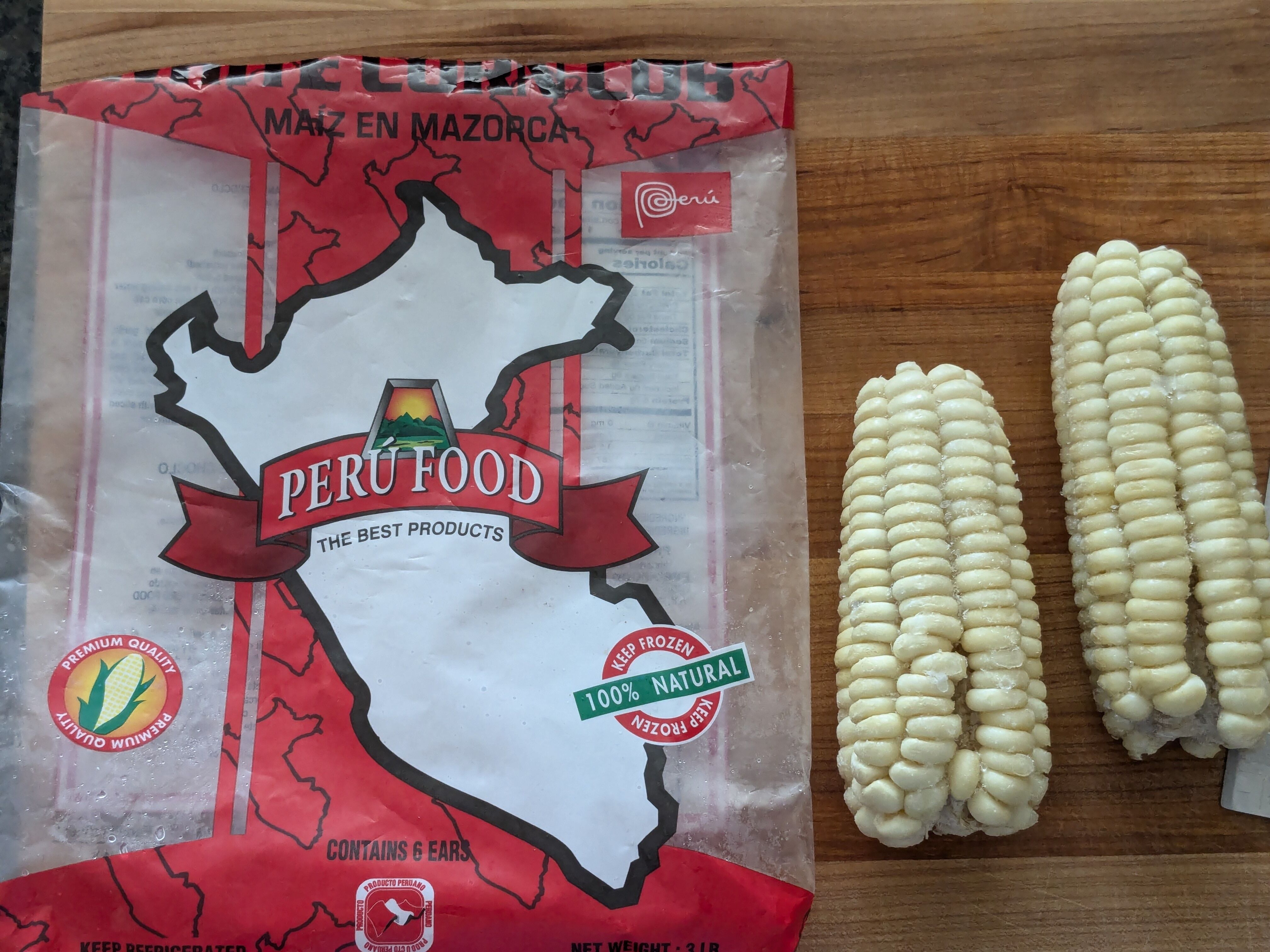
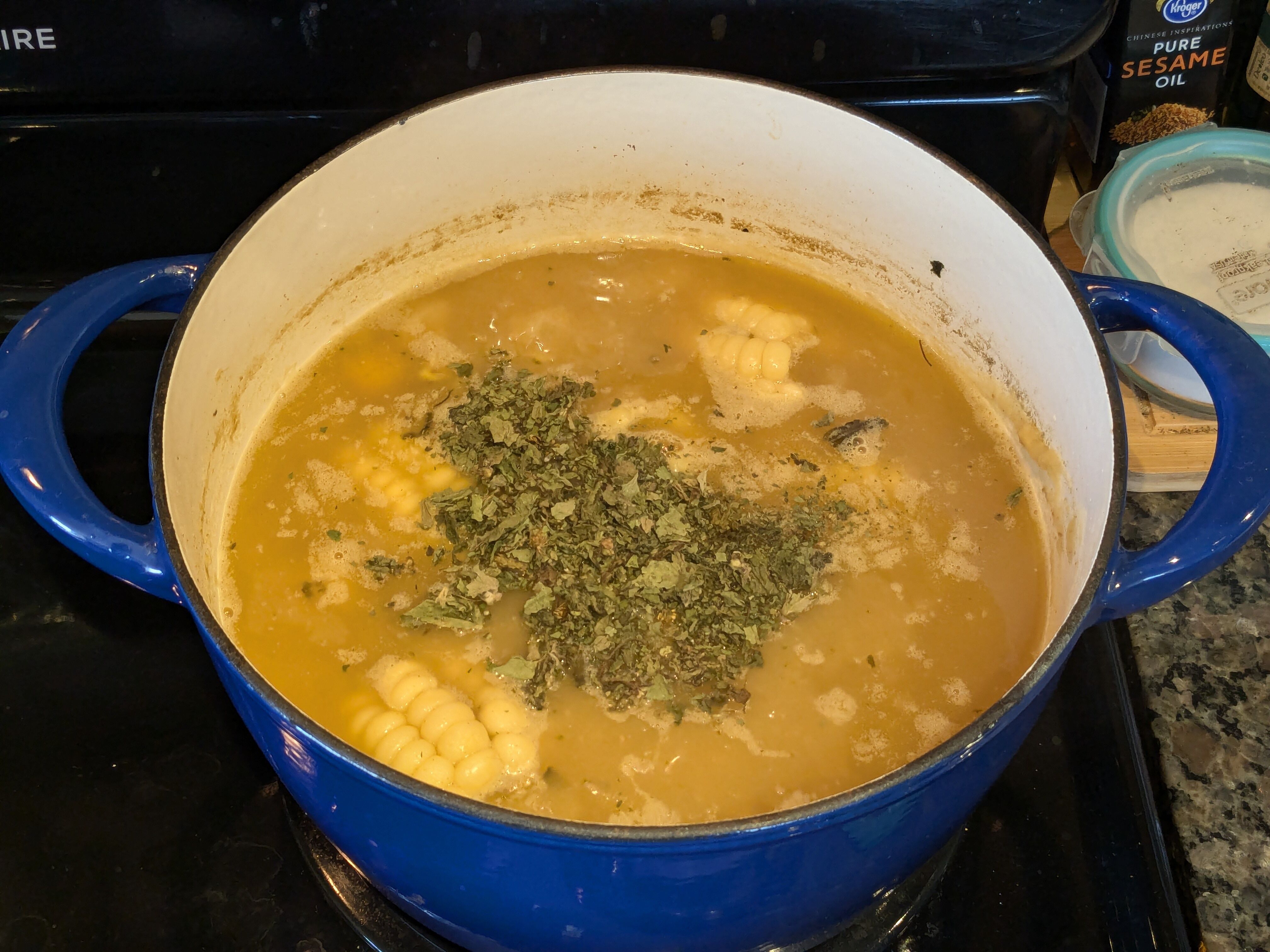
We add the three kinds of potatoes (cubed) and the corn. While Kenji's recipe just calls for "ears of corn," in his video on the subject he discusses the specific variety of maize used for this dish, which has larger, starchier kernels and is not sweet. I wasn't able to find the specific kind, but I was able to find a close substitute in this Peruvian maize -- also frozen. After adding some more guascas, the soup is simmered for about an hour until the criolla potatoes nearly dissapear and the corn is soft.
About 10 minutes in -- once the corn was no longer frozen -- I removed the whole ears and cut them into thirds for more manageable portions.
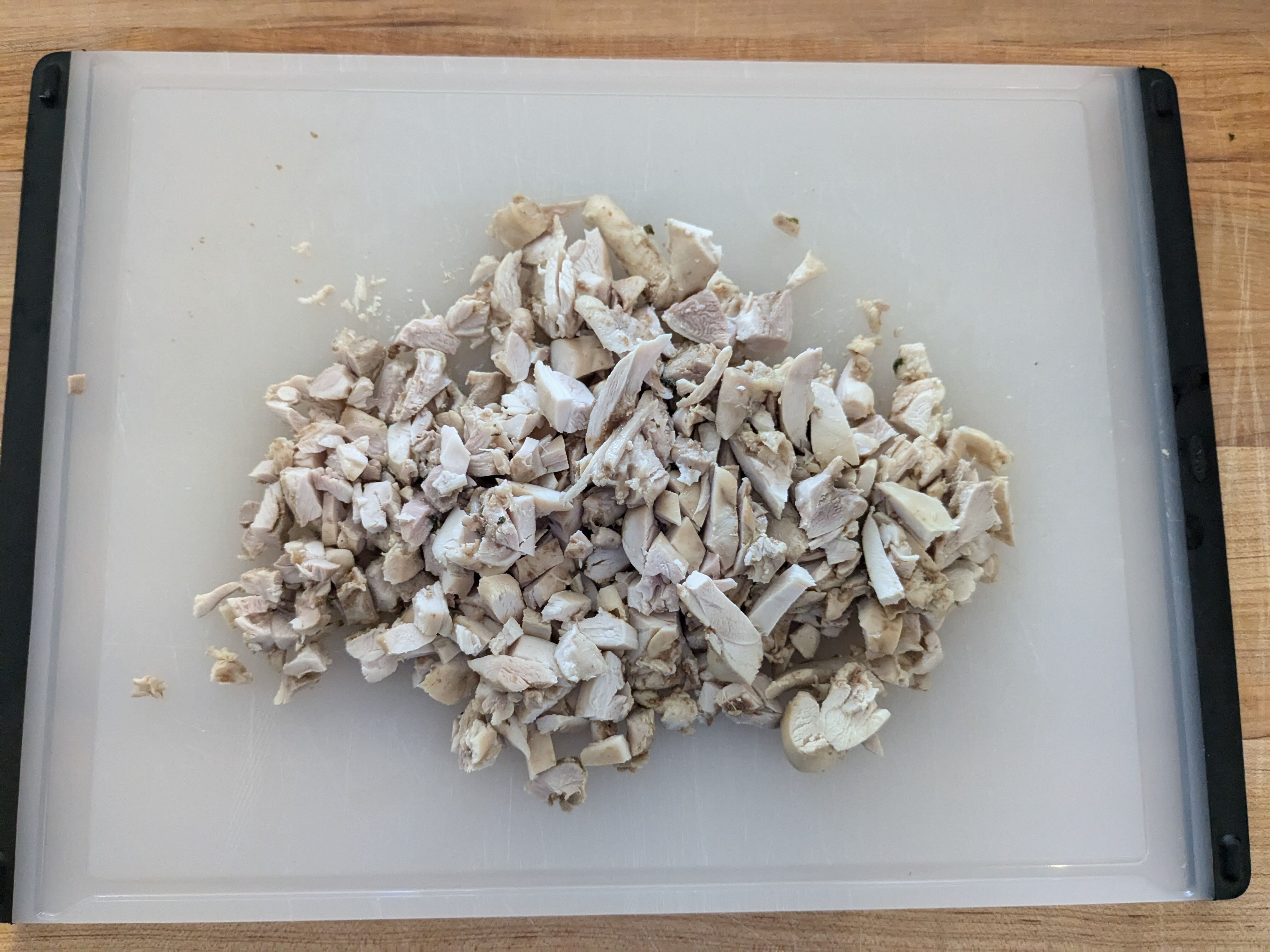
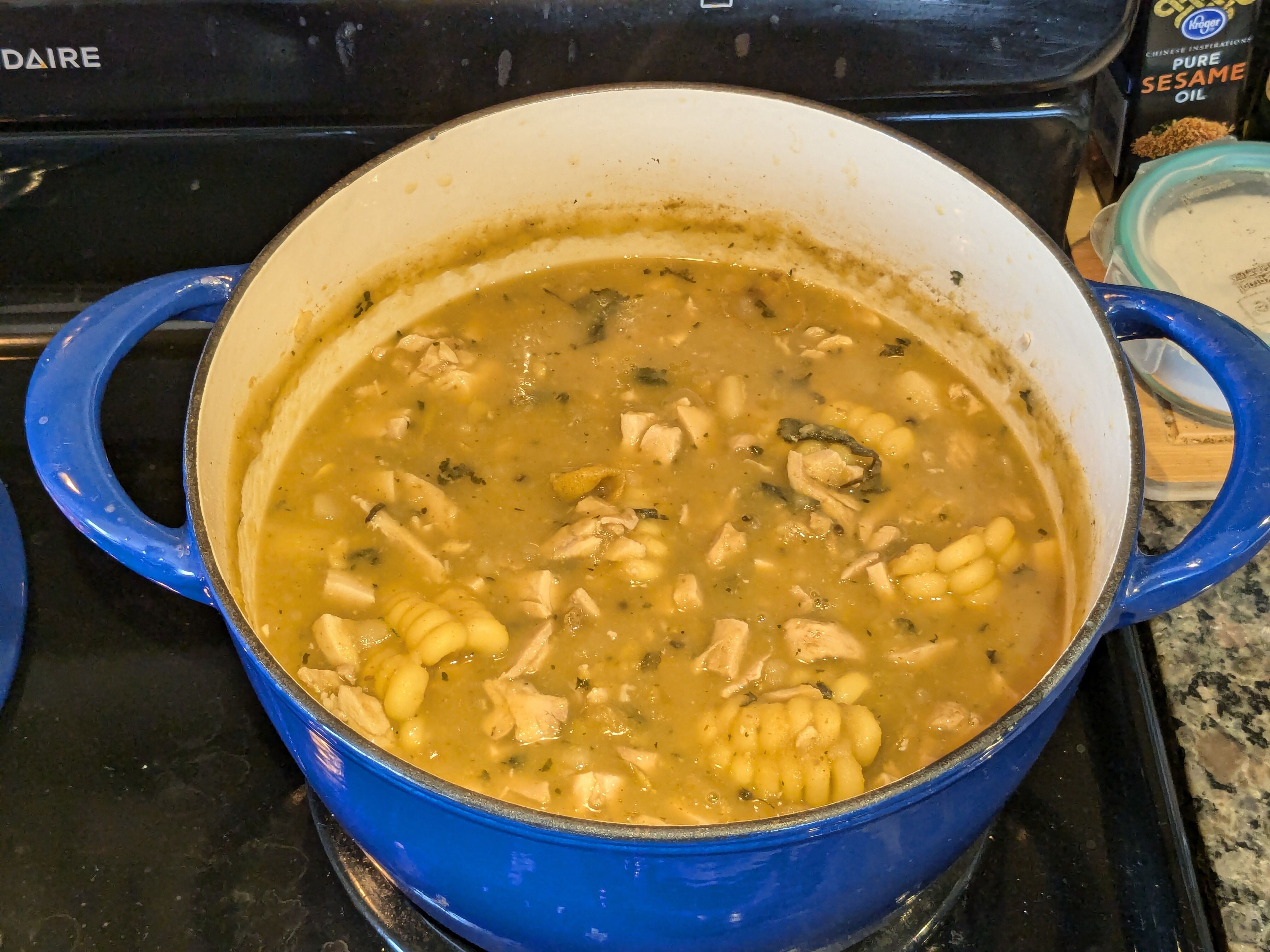
Lastly, we dice the cooked chicken and add it back for the last 10 minutes of cooking, just to heat through. I found I needed to add a few cups of water around this point, just to loosen up the consistency.
This ajiaco is served with avocado, capers, and crema.4
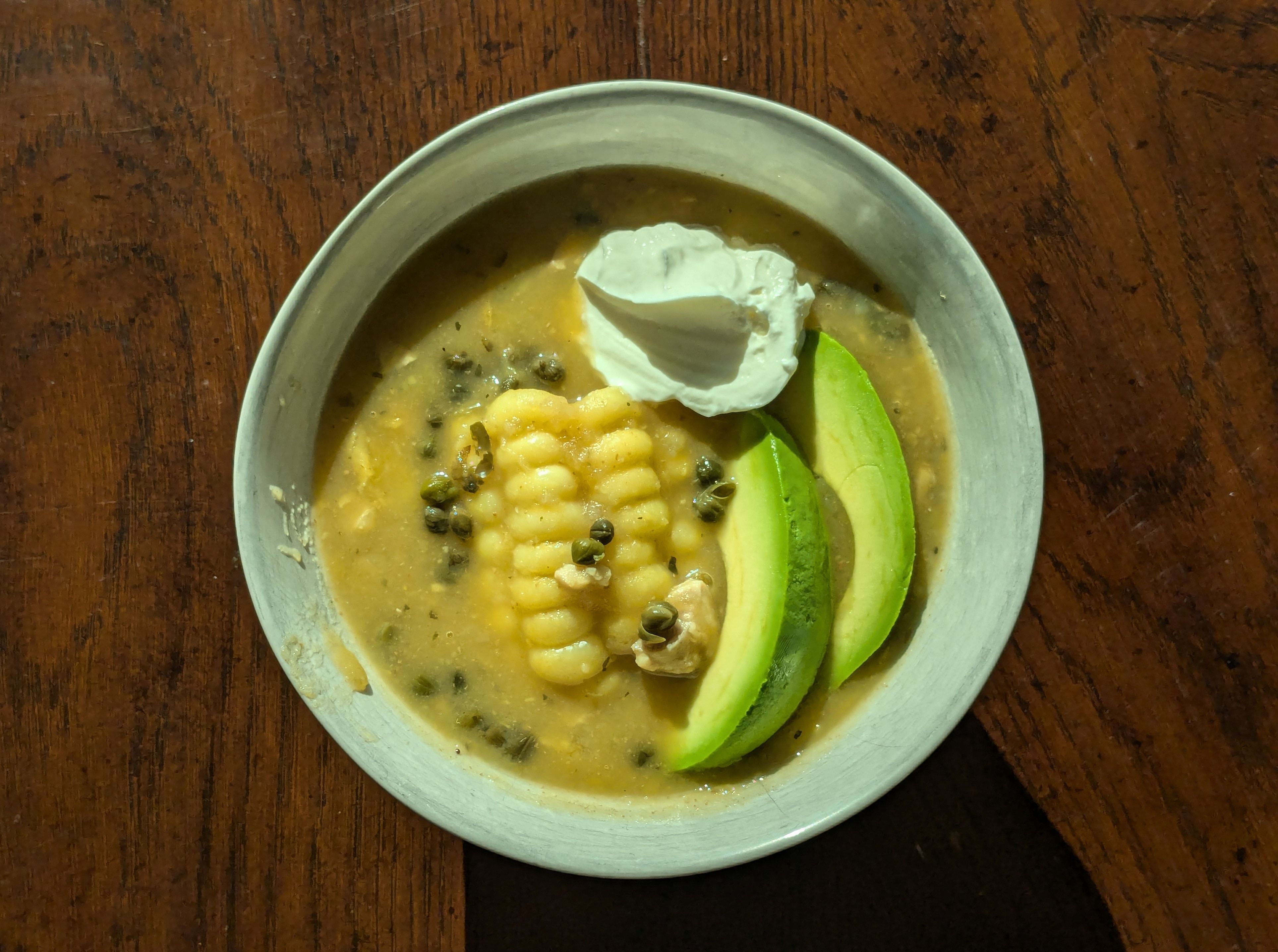
I deeply enjoyed this dish. Aside from being full-bodied and herbaceous and satisfying, I found it to be an excellent example of warm comfort food. The avocado, cream, and capers provide a nice brightness to cut the rich soup.
The maize was an interesting new discovery for me. Having grown up with US food, I have a pretty narrow experience with "corn" -- almost exclusively limited to sweet yellow corn. The ajiaco showed me that, as with most staple crops, there are so many interesting breeds. The maize in this dish is not sweet or particularly juicy. It is starchy and hearty and is eaten off the cob with a fork.5
I would not change a lot about my preparation of the dish, however I do think it needed a bit more water toward the end. As it cooled, and especially as leftovers -- it reheats great, by the way -- it tended toward porridge consistency until let down with a bit of water.
I'm already planning to make this ajiaco again once the fall weather hits. At some point I'd like to try making it with dried maize kernels rather than whole ears. I think the frozen ears are probably better, but the dried corn is easier to find.
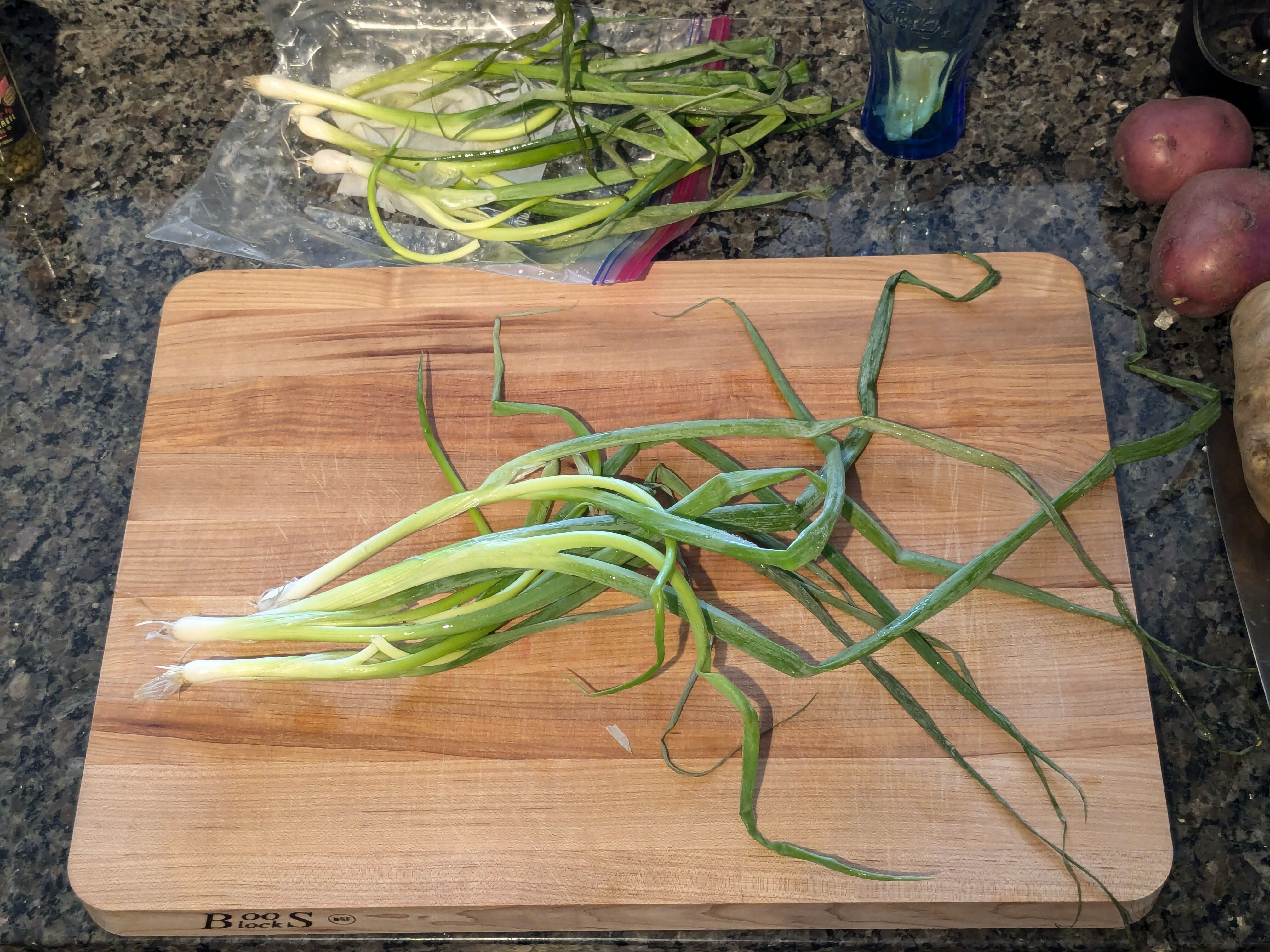
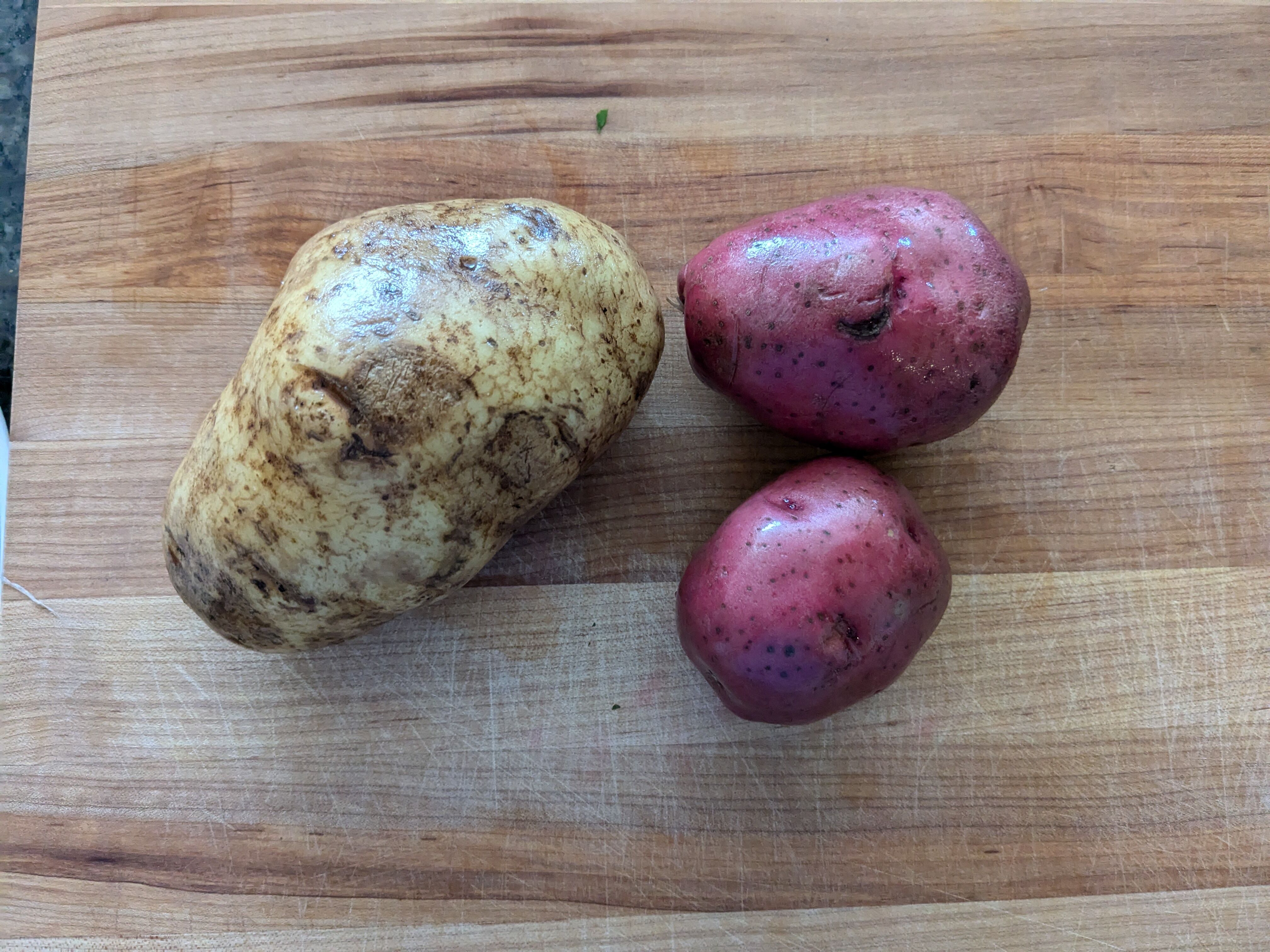
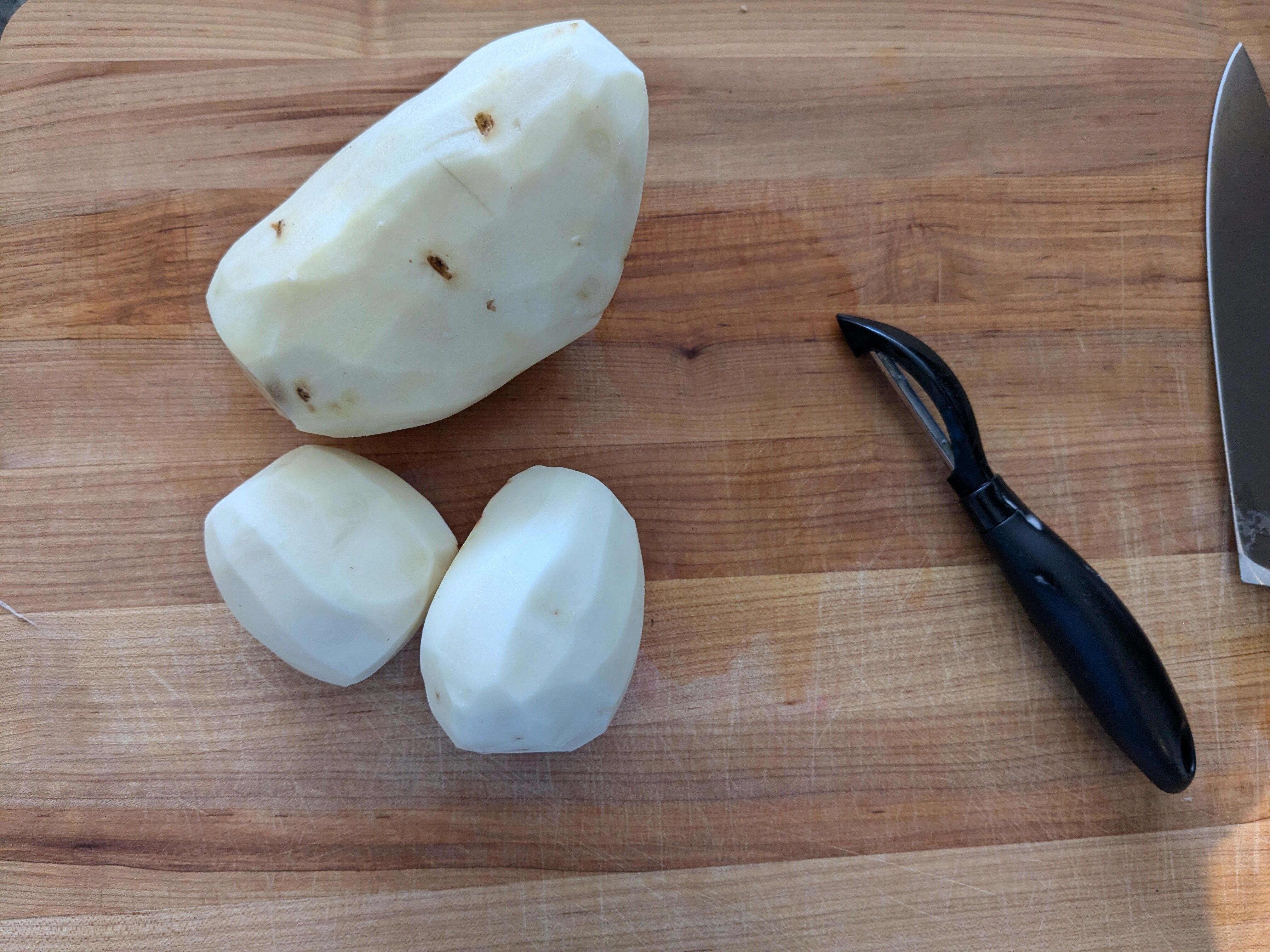
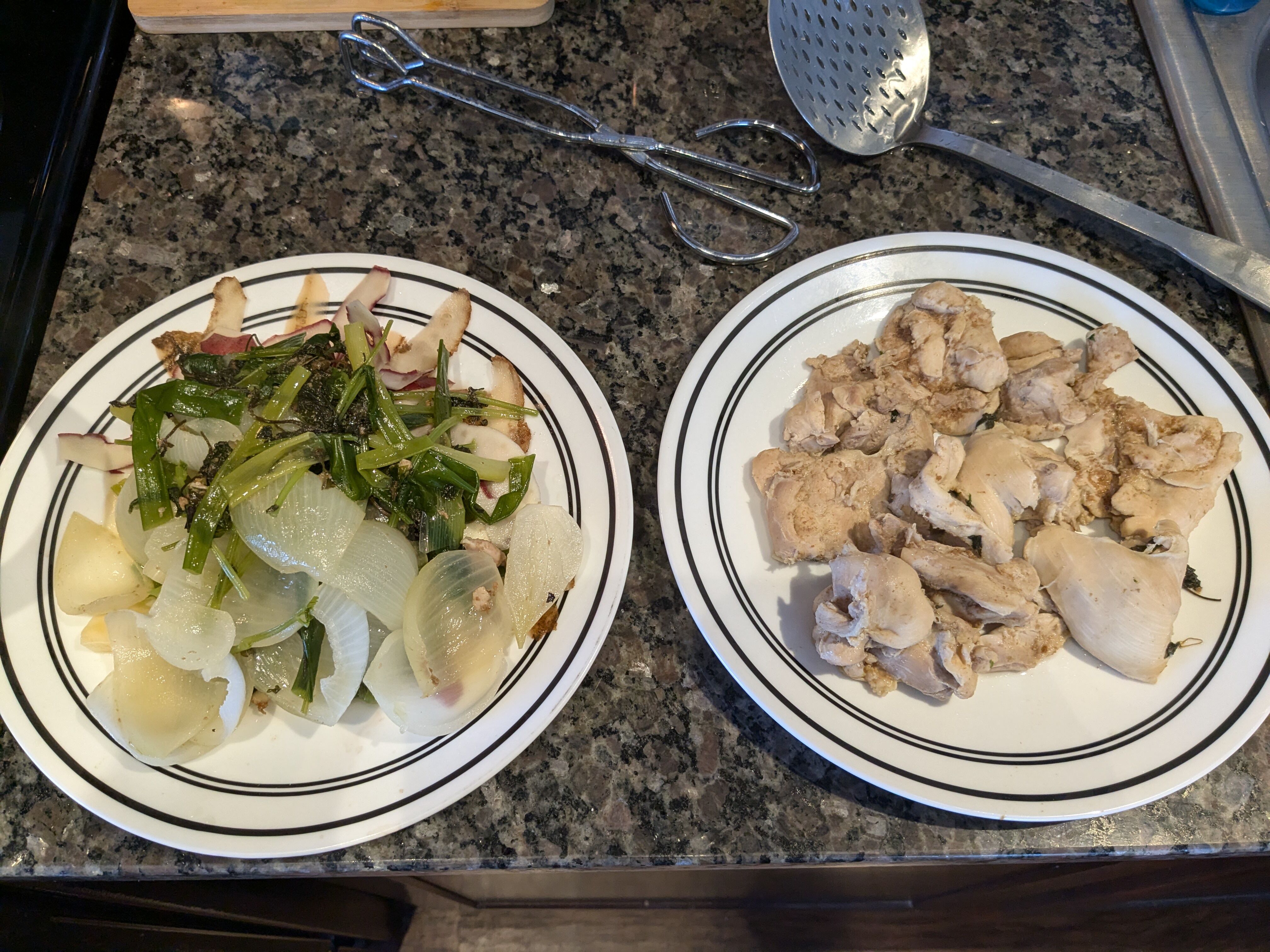
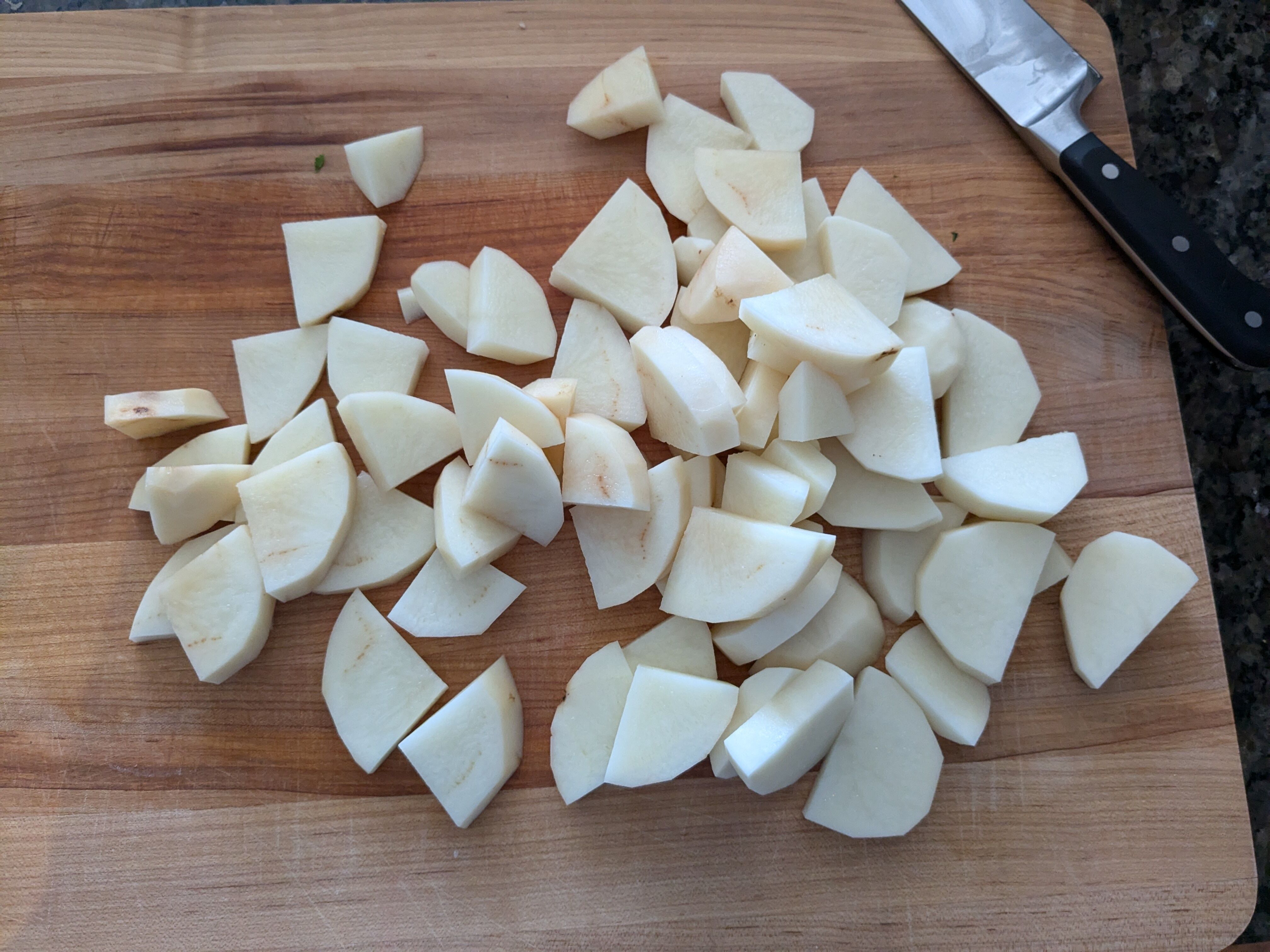
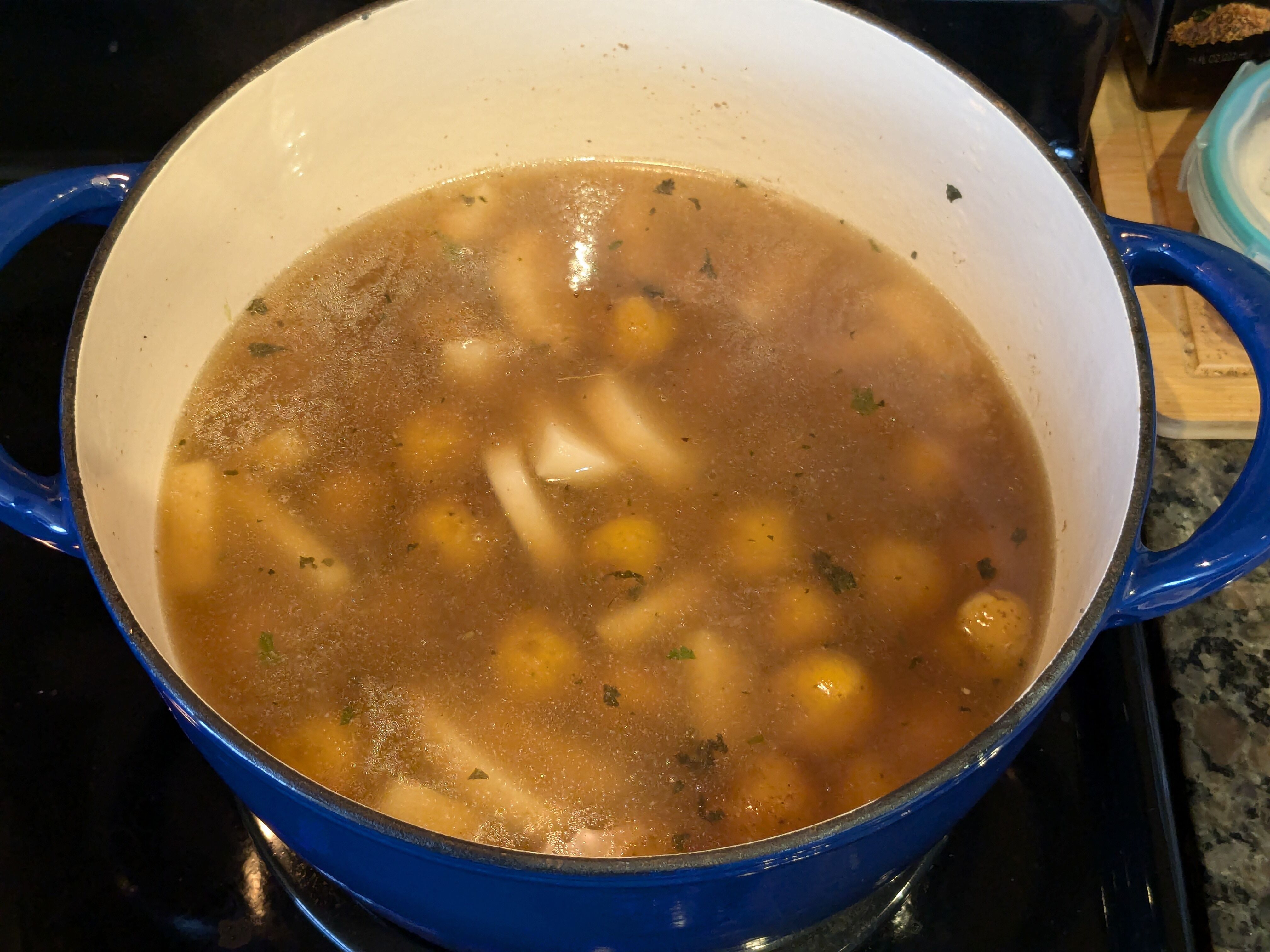
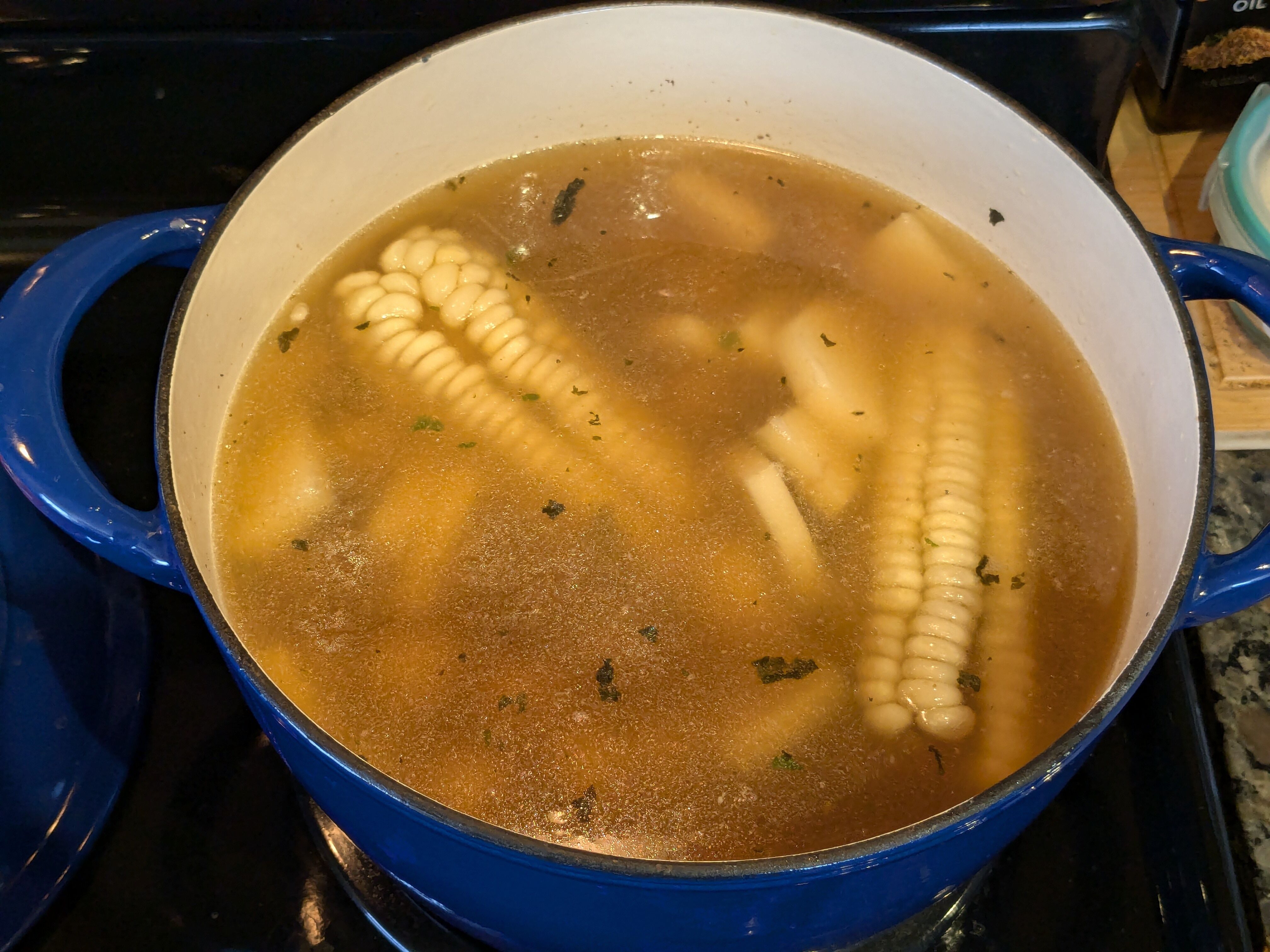
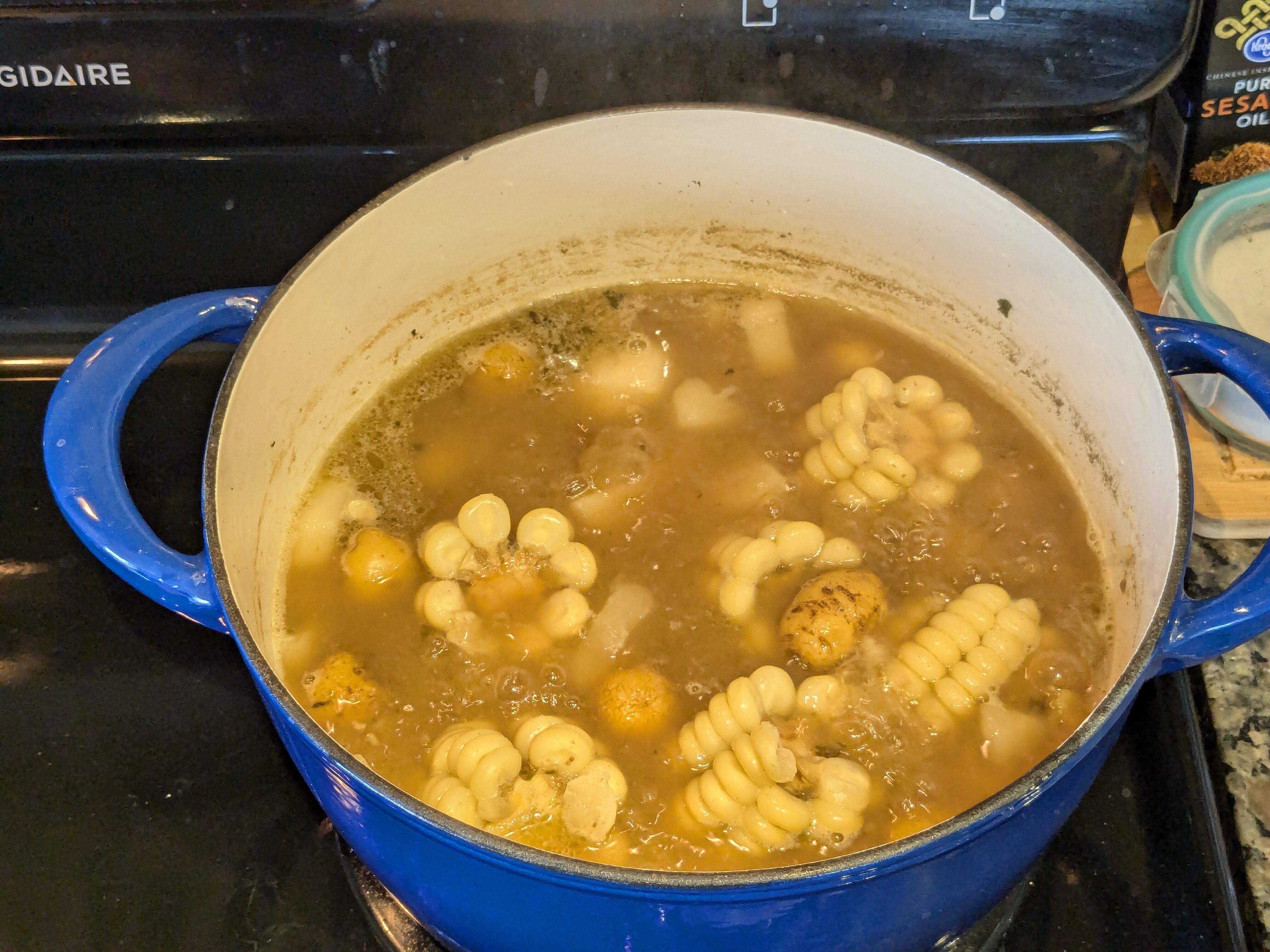
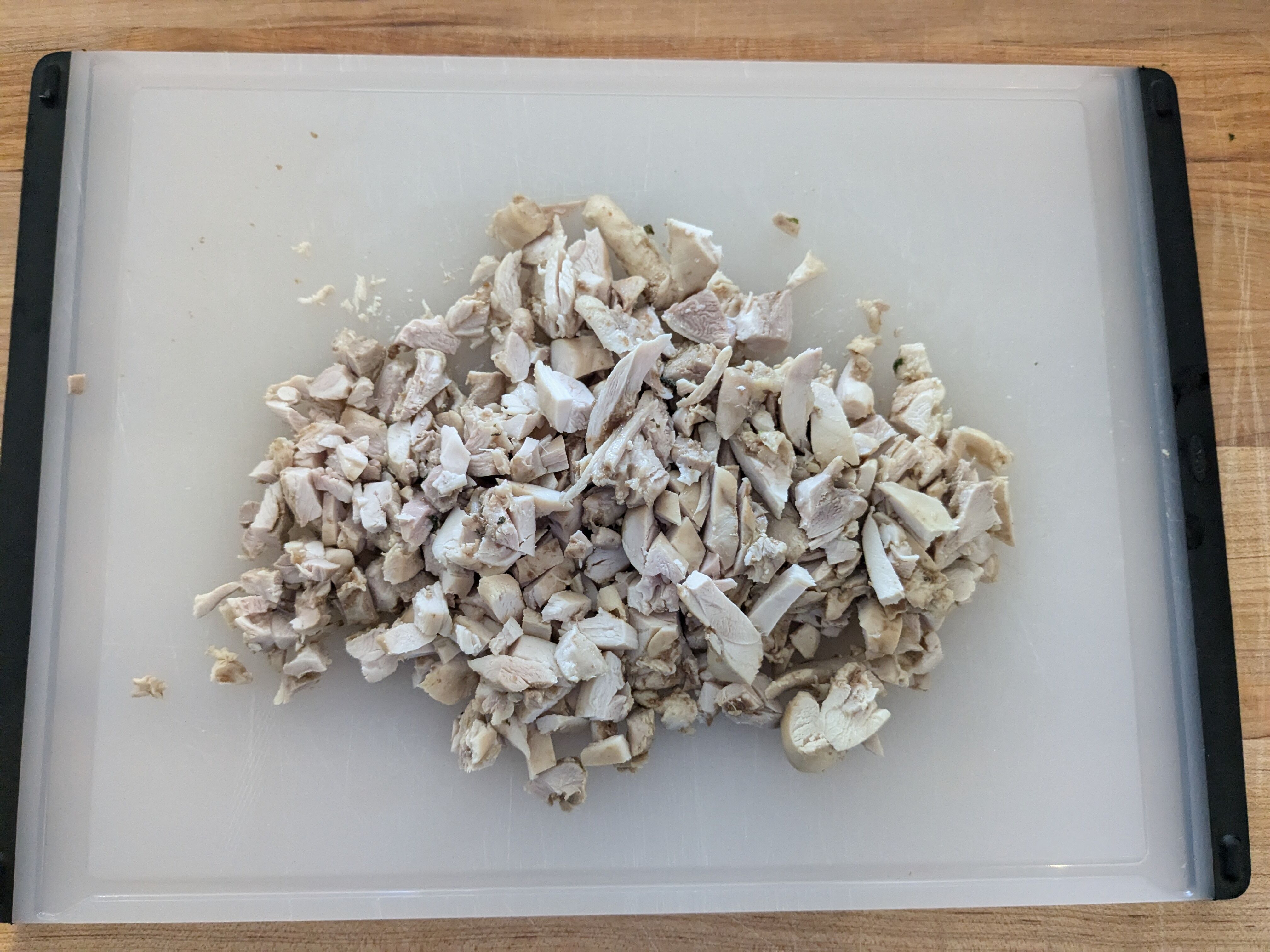
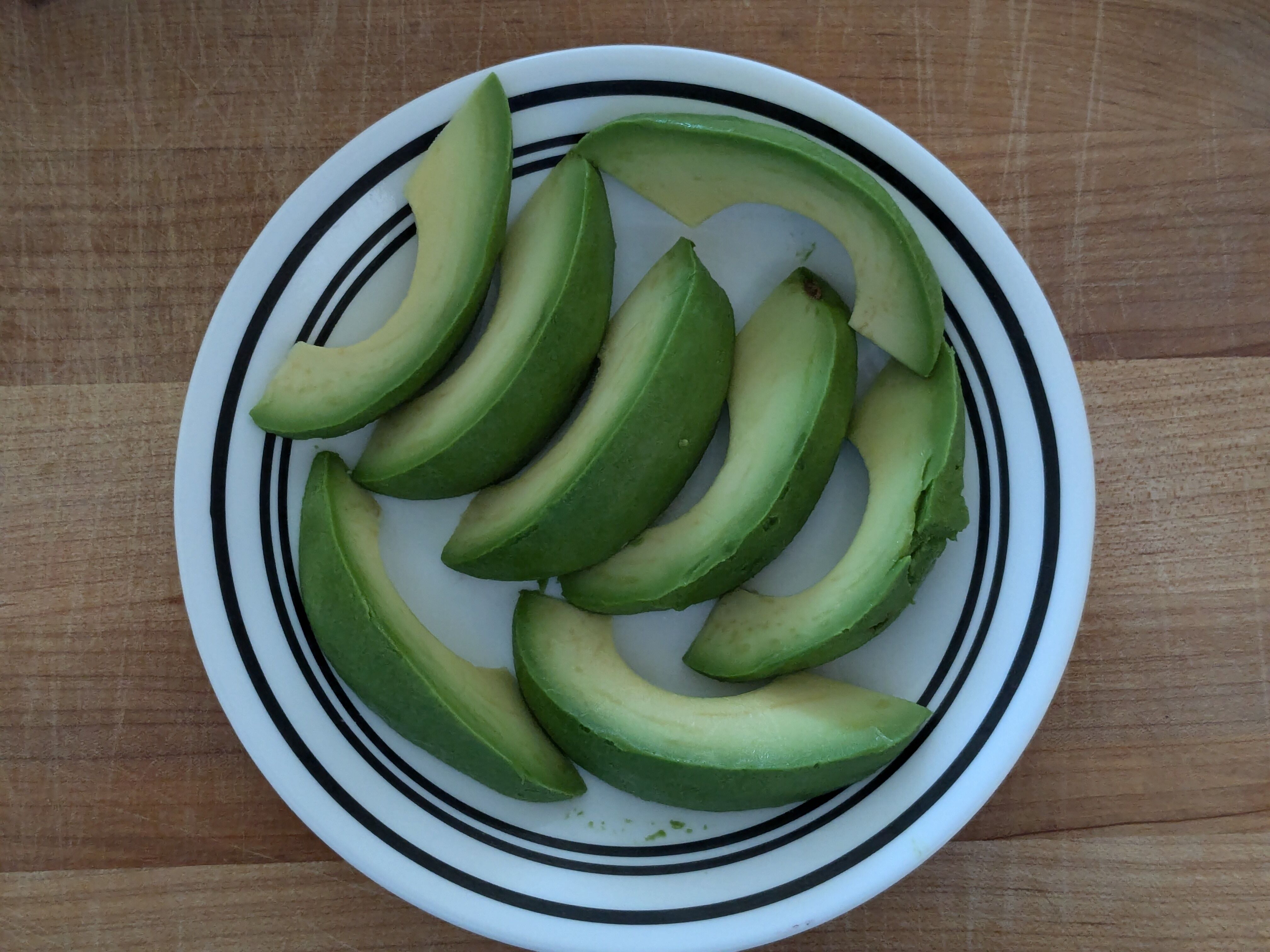
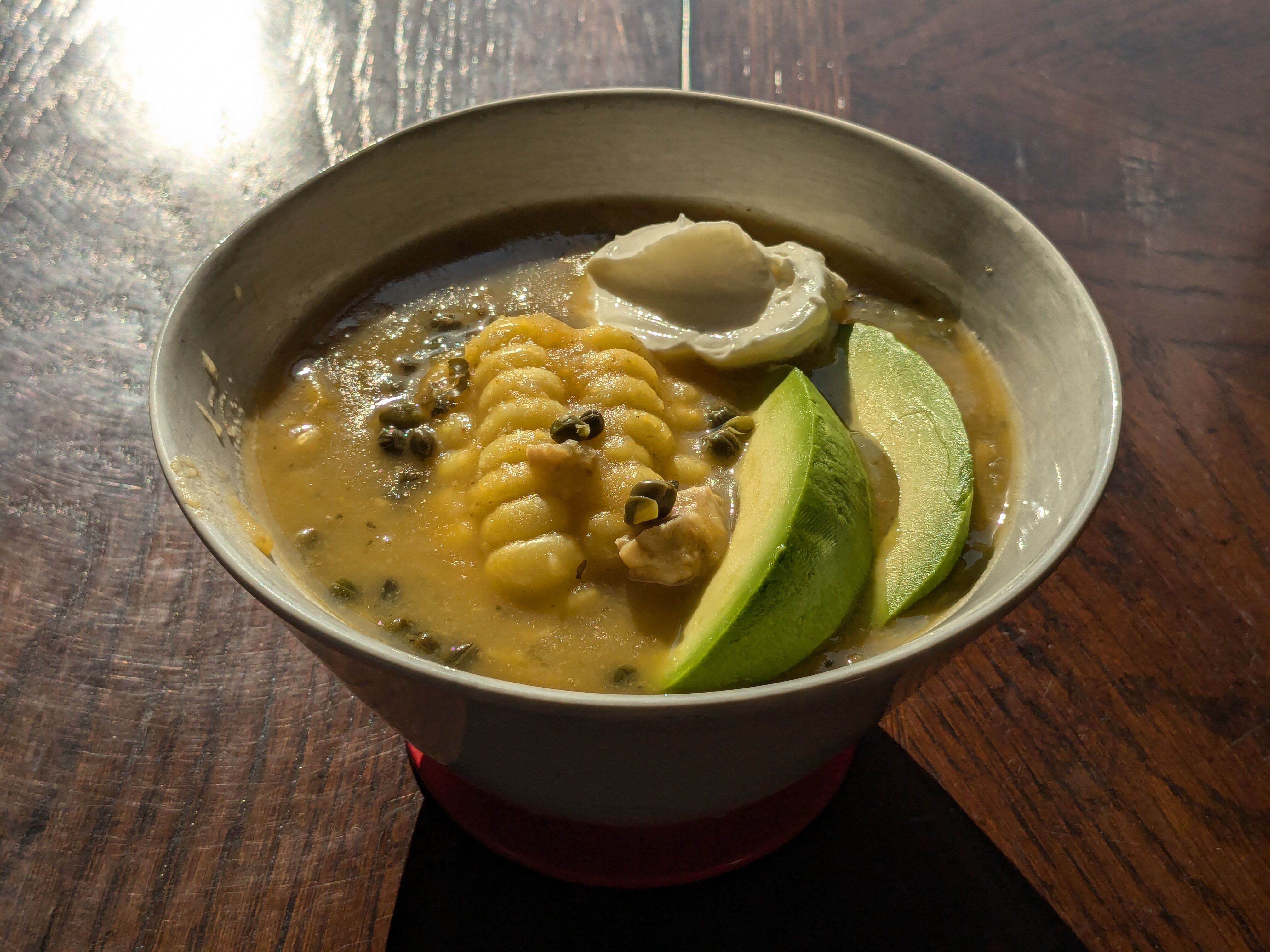
All images in this post were taken by me, except for the picture of J. Kenji López-Alt, which was sourced:
Jami430, CC BY-SA 4.0, via Wikimedia Commons
As usual, all the specialty ingredients in this recipe were sourced from Saraga, my local international grocer (say that 5 times fast), who I cannot recommend highly enough.
Footnotes
-
An excellent tip from Andy Hearnden: use the stems of your herbs to make the stock/soup base, and the leaves for garnishing. The stems usually have just as much flavor to give. ↩
-
Unsurprisingly, I wasn't able to find these fresh, but Saraga had the exact right variety frozen. If you can't find them, Kenji notes that Yukon Gold could be used as a substitute. ↩
-
I was naughty and used sour cream here and I didn't even let it down... ↩
-
I don't know the "right" way to do this, but I found it easiest to push the tines of the fork between the kernels and the cobb, then twist the fork to free them. ↩